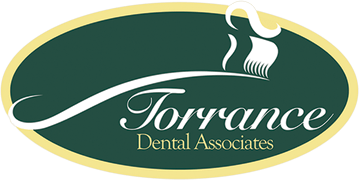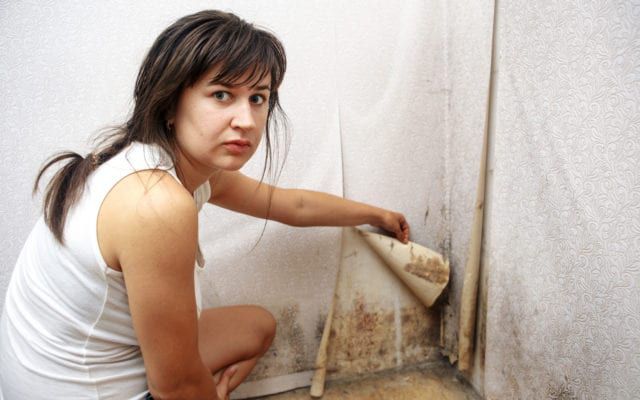Among the common causes of cavities, poor hygiene, certain medications, and the accumulation of plaque stand out as the most frequently seen. As the most common reason for people to see the dentist, cavities and their causes are generally well understood. Sometimes we’ll see cavities beginning to occur at rates inconsistent with other known factors, and a new potential avenue for their development is discovered. Recently a rising understanding of environmental factors involvement in cavity development has led to important news about black mold.
The Interrelation of Black Mold and Cavity Development
Bacteria generally love environments that are moist and warm, something they share in common with the majority of fungi. This shared preference for this environment means our mouths are a perfect breeding place for black mold and the Streptococcus mutans bacteria that are largely responsible for the development of cavities. Another place that these environments can be found is in homes that have experienced water damage or are poorly ventilated. Black mold thrives in these places, and it is from them that it makes its entrance into our bodies.
The life cycle of black mold includes a period where it spreads toxic spores and mycotoxins into its environment, which ultimately find their way into our sinuses and respiratory systems. Even in those not particularly sensitive to fungal infection, black mold can cause severe inflammation, resulting in the following symptoms:
Sneezing
Trouble Breathing
Coughing
Stuffy Noses
Sore Throats
Congestion
Watery Eyes
Over a long enough timeline, these symptoms can result in infected sinuses and airways, which contribute to a condition known as dry mouth. This condition largely results from the inflammation impeding saliva production combined with poor breathing resulting from congestion, coughing, and sneezing. As a result, saliva production is further impacted, depriving the body of the valuable protection offered to our teeth by saliva.
Learning More About Black Mold And Cavities To Protect Your Family
Cavities are a pervasive condition that affects over 90% of everyone in the United States at least once in their lives, according to the ADA. The role that black mold plays in the formation of cavities is often overlooked, making it difficult to pinpoint the source of the problem until the black mold is identified. Once it has been, you can reference FEMA documentation that covers how to remove this menace from your home. While battling the presence of black mold in your home, be certain to take steps to eliminate it from your body as well, or the condition may very well persist. If you’re concerned you may be experiencing symptoms of a black mold infestation in your home, add your dentist to the list of professionals you need to speak to.

